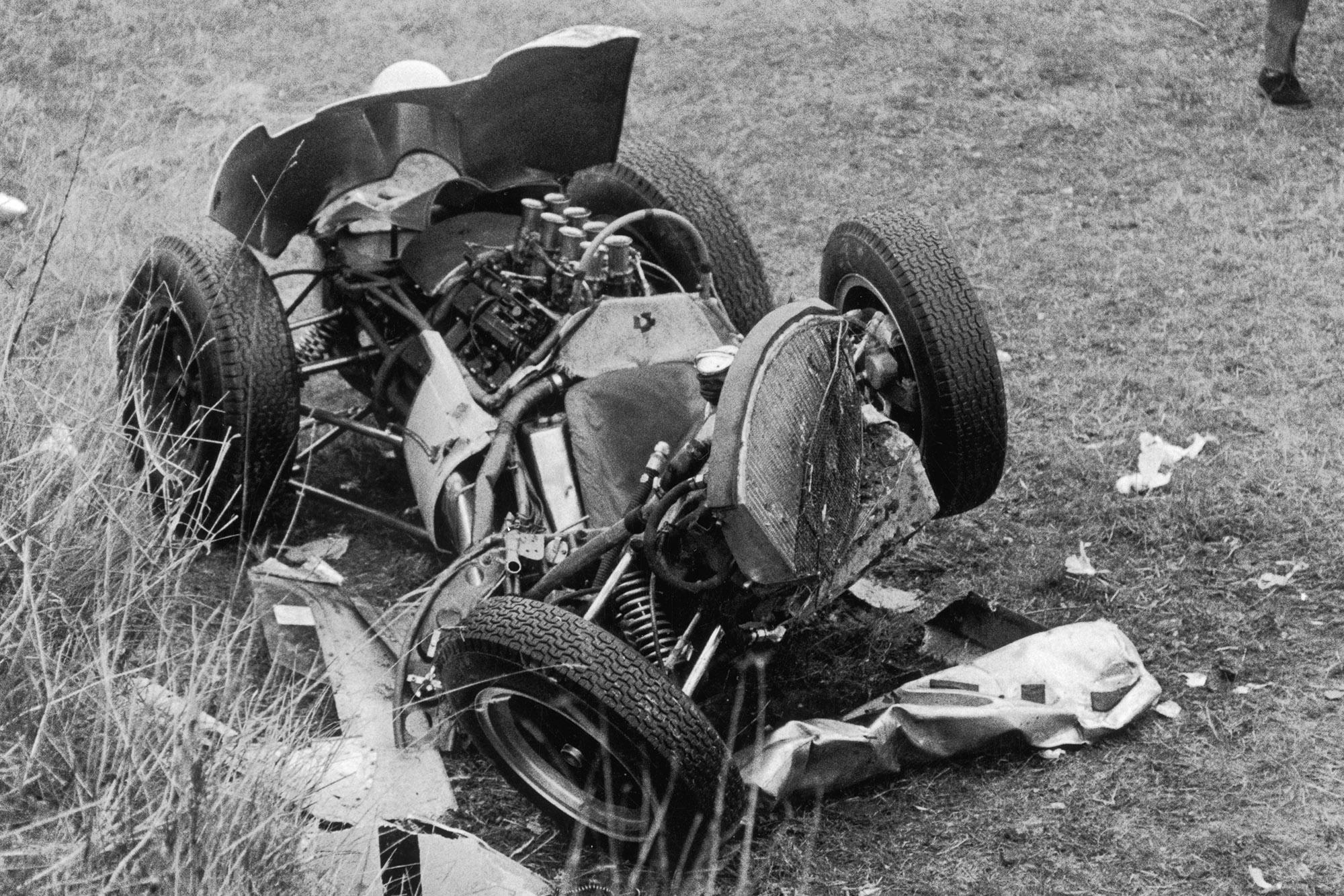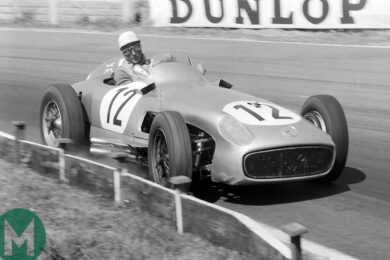And his fending off circling ‘Sharknose’ Ferraris for 100 laps of Monaco in 1961 – his Lotus’ side panels removed for the purposes of cooling, also providing a window into his world, a greater insight into its artistry.
Then there’s his: slinging an OSCA ‘tiddler’ to brake-less victory at Sebring in 1954; winning of the fastest Mille Miglia – on the longest ‘bog roll’ of pace-notes – in 1955; and back-to-back defeats of Juan Fangio in Maserati’s backyard – Pescara and Monza – in 1957.
Only Tazio Nuvolari – of like mind and build – matched him in terms of pulling off the impossible.
If it rained, chances are Moss would win. Ditto, if the race were at Oulton Park.
Single-seaters, sports cars, saloons and GTs: it was a win-win-win-win situation.
Ditto: front-engined, rear-engined, rear-wheel drive and four-wheel drive.
Races, rallies, record-breaking: win, win, target surpassed.
He was never world champion, never won at Le Mans – he was not a fan of La Sarthe in truth – and regretted never having competed at Indy, but it was as plain as a pikestaff that he was the best, once Fangio had retired. (By which time Moss was already the superior in two-seaters.)
And then it was snatched away in an inexplicable instant.

The remains of Moss’s Lotus
Getty Images
A toe-in-the-water test at Goodwood was arranged for May 1963 – too soon, as it turned out. That spare capacity had gone AWOL and Moss was marooned with us mere mortals.
He took it well, all things considered. He threw himself into a variety of businesses – some of them beyond reproach, others beneath him.




